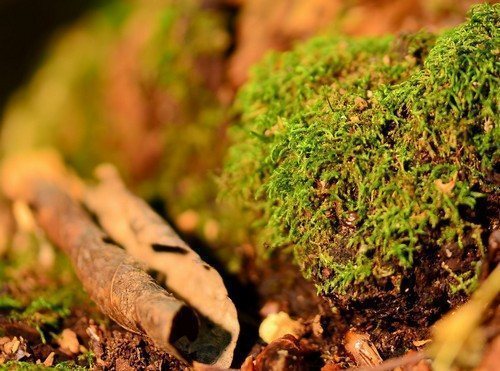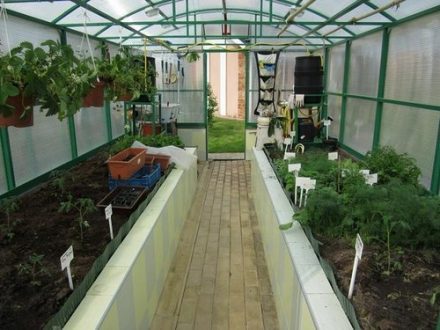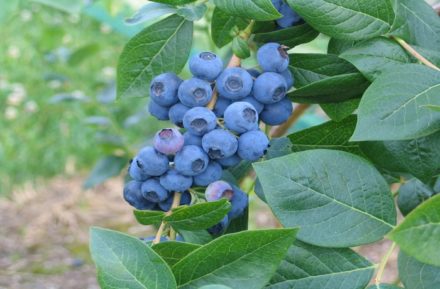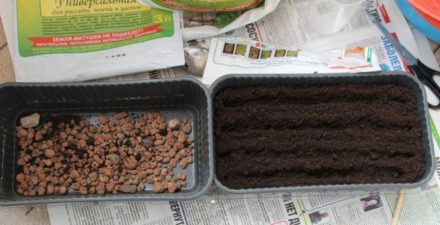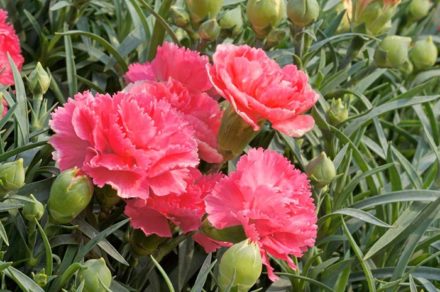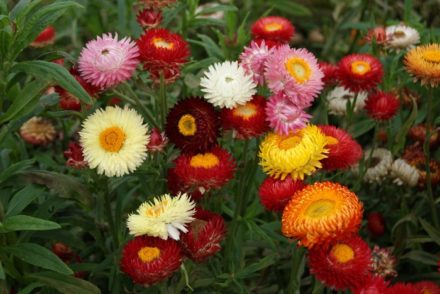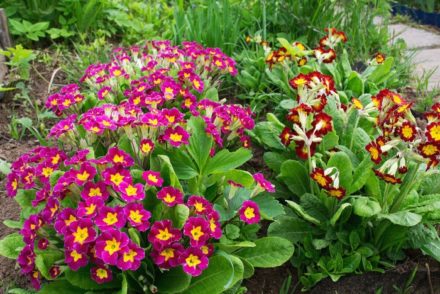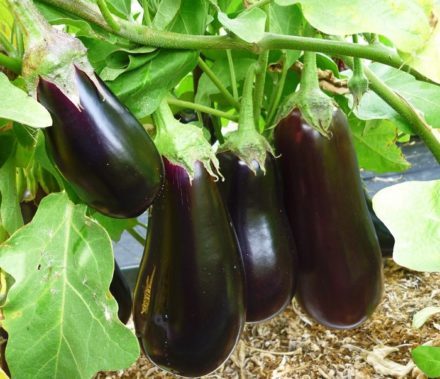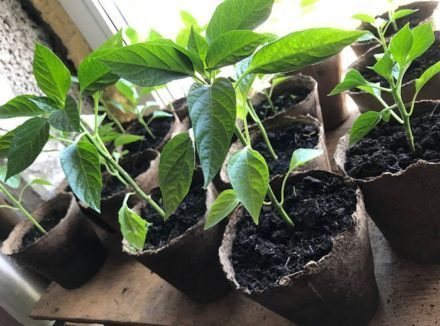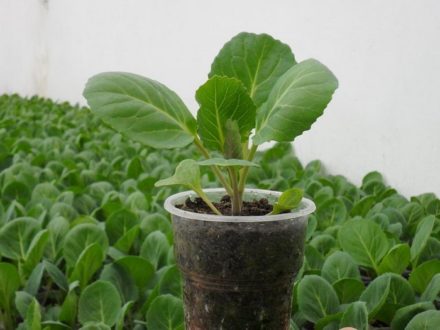Peat moss or sphagnum is a bog plant without roots. Gardeners have a negative attitude towards this plant, as it can destroy the crops growing on the site. But more experienced gardeners know that sphagnum is an indispensable assistant when growing seedlings, so they do not uproot it, but dilute it in the required quantities.
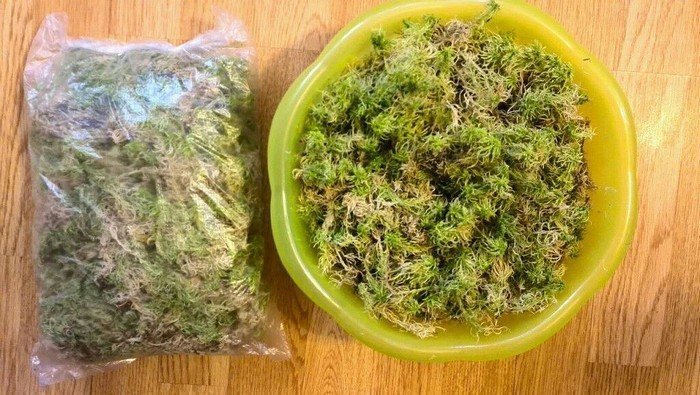
Retains moisture in the soil
Due to its unique hygroscopicity (moss is able to absorb moisture 20 times its own weight), sphagnum retains moisture in pots with seedlings. This factor is very important, since central heating in an apartment greatly dries out the air, which means that the seedlings need to be watered frequently. Moss solves this problem. Typically, pots or flowerpots with seedlings are mulched with moss, thereby providing the seedlings with a positive microclimate.
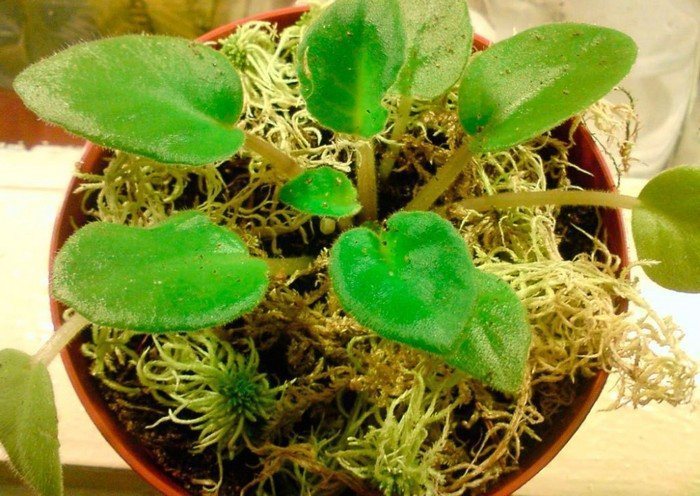
Has antibacterial properties
Peat moss contains carbolic and sphagnic acids, which are known in medicine as natural antibiotics. In addition, moss has bactericidal properties. That is why, in order to prevent the seedlings from getting sick and rotting, during picking, gardeners make drainage from sphagnum moss. To do this, the upper part of the moss is not cut into large pieces, but not crushed into dust.
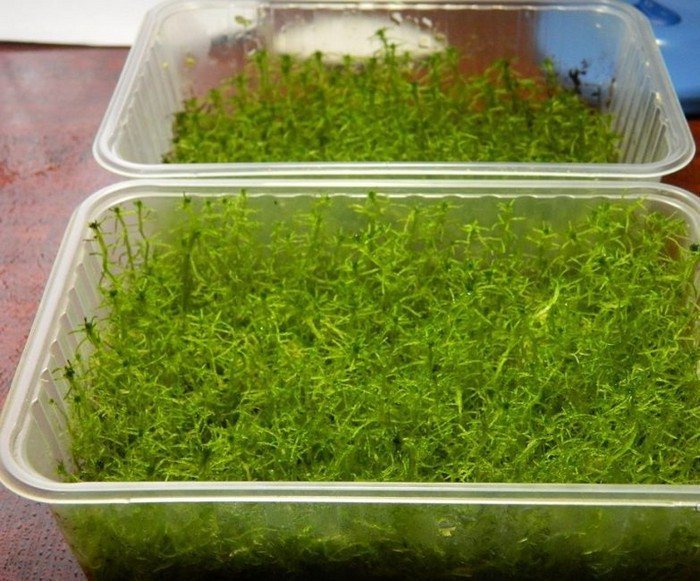
Gives airiness to the soil
Sphagnum is also added to the soil in crushed form. Due to its good breathability and thermal conductivity, moss allows air to pass into the soil and prevents the soil from drying out and compacting too much.It is this property that is very important when transplanting seedlings into the ground, because often when removing a sprout from earthen soil, its root system is damaged. From soil with the addition of sphagnum, sprouts are removed easily and without damage.
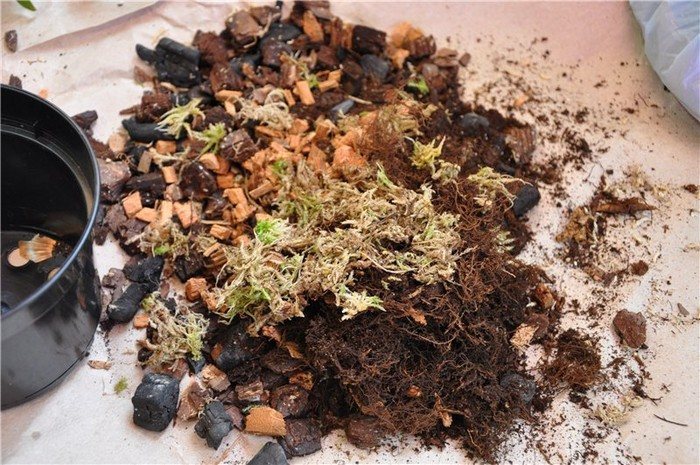
Serves as plant food
Another unique quality of peat moss is that it accumulates nutrients and then releases them to “recipient” plants. In the case of seedlings, such natural feeding will never be superfluous. Sphagnum naturally enriches the soil in which it is located with useful substances, which the seedlings subsequently feed on.
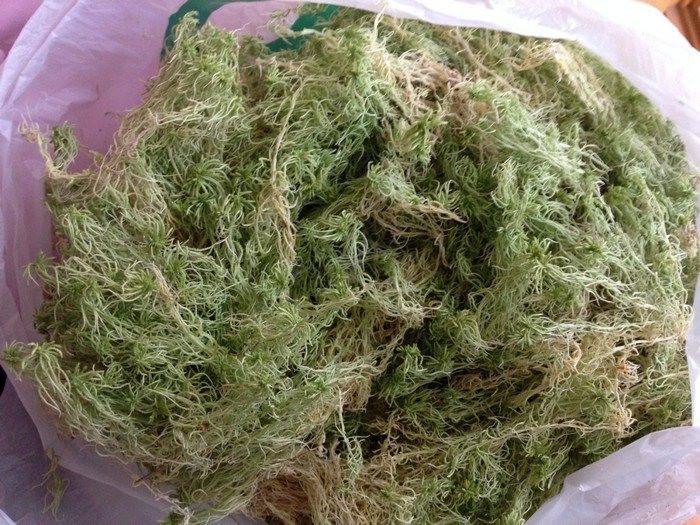
Affordable and durable
Sphagnum, unlike other expensive components of soil for seedlings, can be obtained for free. It is enough to go for a walk in the forest and collect moss in darkened lowlands or wetlands. It does not require any additional preparation for use; it is enough to remove debris and insects. In addition, sphagnum can be stored for a long time both fresh (if it is regularly moistened) and dried - it also does not lose its properties. It can also be frozen and left at room temperature a day before use.
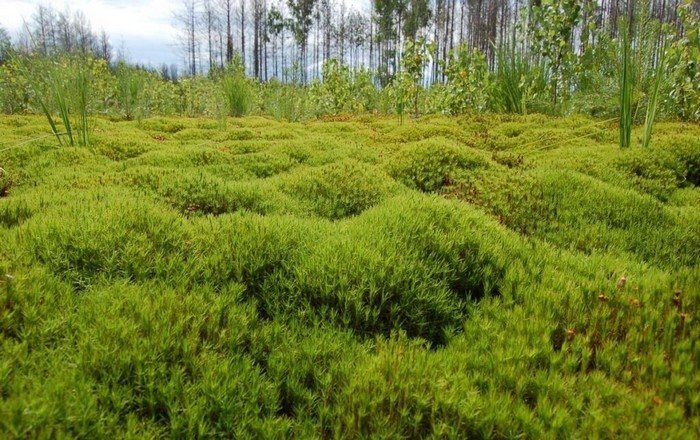
In fact, sphagnum is not a garden pest, it is a real helper. In addition to growing seedlings, it is used for sprouting potatoes or rooting flower cuttings.


